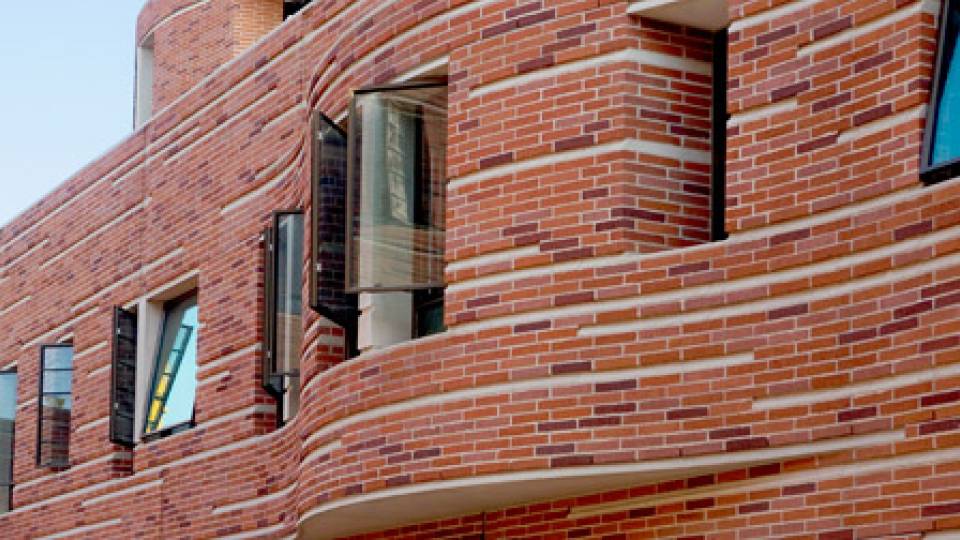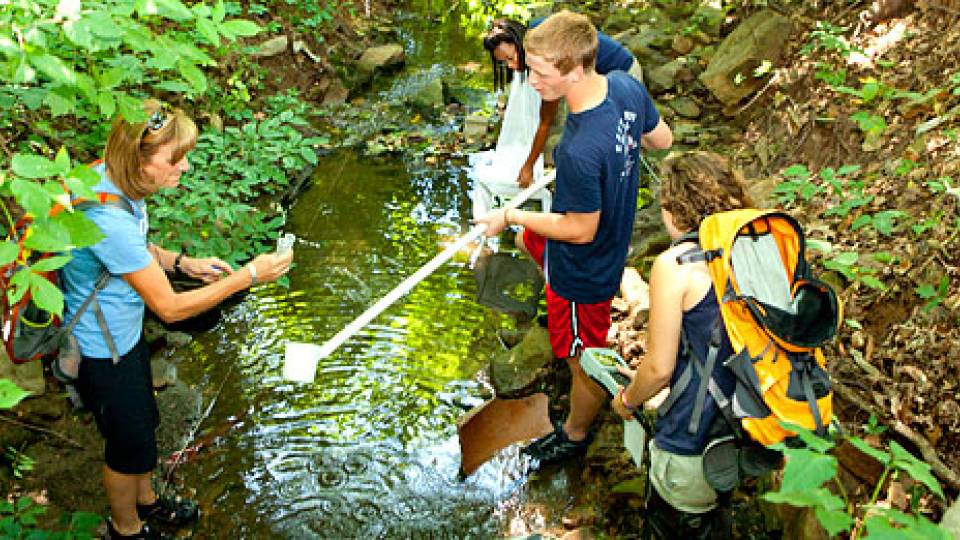Students testing air quality across the Princeton campus for a physics class raised concerns this week about radon levels in the basements of two buildings, but preliminary data collected by the University health physicist suggests there is no cause for immediate concern.
University testing in residential areas immediately adjacent to the basements -- both of which are in residential buildings for undergraduates -- found levels well within guidelines established by the U.S. Environmental Protection Agency, and the basement areas that remain in question have been closed pending further testing that will occur over the next week, University officials said.
“The students’ findings essentially raised a concern that we will investigate further,” said Sue Dupre, University health physicist in the Office of Environmental Health and Safety. “Radon is a naturally occurring gas that is present in our everyday air, but we want to make every effort to ensure that there is no exposure above acceptable levels.”
A group of students participating in a lab for the course “An Integrated Introduction to Engineering, Mathematics, Physics” notified the Facilities Department Tuesday afternoon that levels of radon in the basement library of one of the residential colleges, Forbes College, and in the basement of the upperclass dorm Edwards Hall were significantly higher than the air in the laboratories they used as a baseline for their tests.
Radon is a naturally occurring radioactive gas without color, odor or taste that comes from the natural breakdown of uranium in soil, rocks and water. Levels of radon are common in breathable air and can penetrate any type of building, typically moving up through the ground through cracks and other holes in the foundation. According to the U.S. Environmental Protection Agency, the average indoor radon level is about 1.3 picocuries per liter (pCi/L).
“The students took a relative measure of the indoor and outdoor air, which would normally be pretty reliable,” said Professor of Physics Frank Calaprice, the instructor of the student lab that conducted the air quality tests. “The lab was designed to teach the students about radioactivity. The students brought in rocks and other materials to see natural radioactivity, and the next step was to test the air in the basement of the dorms where they live.”
Working with the Department of Physics and the engineering division of the Department of Facilities, personnel with the Office of Environmental Health and Safety began conducting tests Wednesday to validate the students’ findings.
“Our early estimates indicate that someone who spent an hour a day in the Forbes Library every day for three months would have received an additional dose due to radon exposure -- above a person’s typical everyday dose -- roughly equivalent to 3 chest x-rays or about 3 months living in the Colorado Rockies, where there are more cosmic rays,” Dupre said.
In addition to continued testing this week, the University will reevaluate the testing program for buildings across campus this summer. The University has conducted radon tests on all of its dormitories and the majority of its academic and administrative buildings in the past and found no cause for concern, according to Princeton ’s environmental compliance manager. Re-testing is done typically when there are building changes that would affect air quality.




